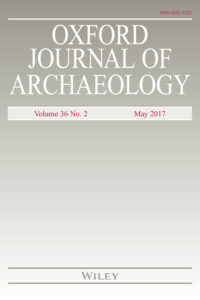This paper offers a new perspective on the reuse of Celtic fortified hilltops by Gallo-Roman shrines. Going beyond the simplistic explanation of continuity, I shall argue for the role of memory in the perception of the landscape and in the location of some Gallo-Roman shrines. This paper opposes the argument for continuity of sacred spaces and Celtic cults during the Roman period despite abandonment of the settlements. The evidence supports a more symbolic protohistoric expression, beyond that attendant on the place of a cult. The continuity concealed breaks, changes and modifications. I put forward the concept of ‘fictive continuity’, after Hobsbawm. The reclamation of a place of memory assigns a greater visibility to these shrines, enhancing their topographical appearance at the highest points in their respective landscapes, thus enabling the sites to appropriate fully space and place and to ensure cohesion within the community.
Cult Places at Former 'Oppida' in South-East Gaul
Questions of Memory, Tradition and Identity


